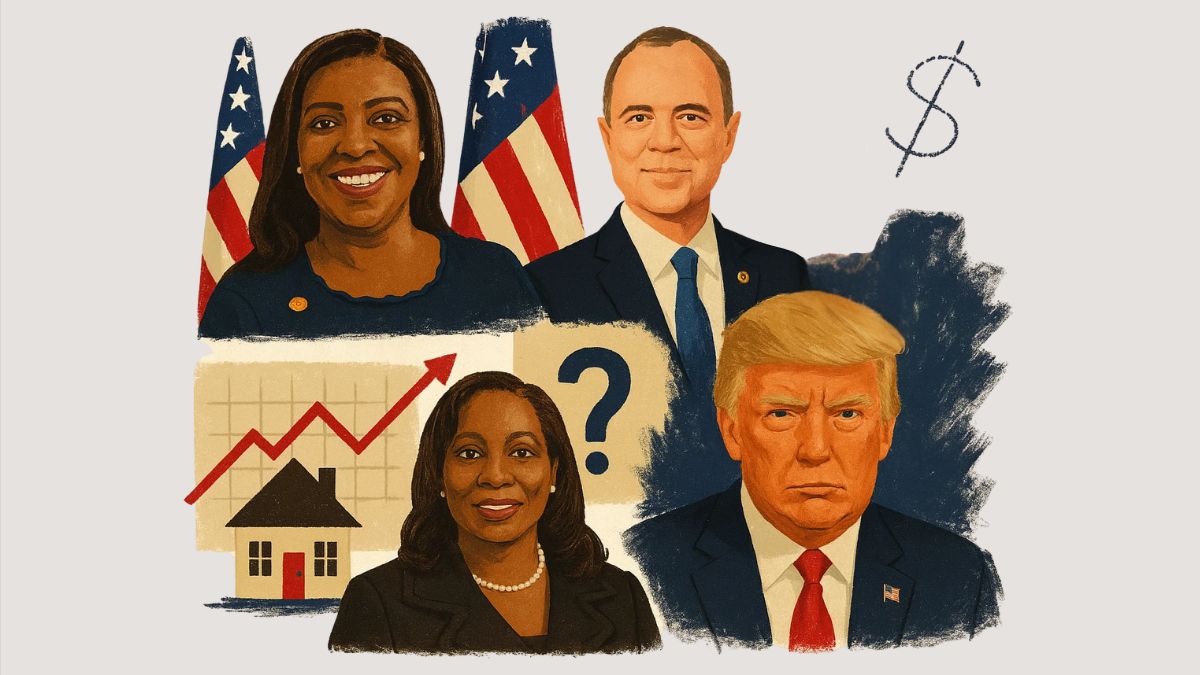Occupancy Fraud in the Spotlight: Why It Matters in Today’s Housing Market
🚨 Occupancy Fraud in the Spotlight: Why It Matters in Today’s Housing Market

As political tensions rise, so does scrutiny on occupancy fraud in the mortgage industry. 🏡 Borrowers misrepresenting their intent to secure lower interest rates is nothing new, but this issue is gaining renewed attention in 2025.
According to recent industry data, occupancy fraud made up 29% of fraud findings in 2024. That’s a big concern because these cases don’t just hurt lenders—they also affect genuine buyers who may get priced out or penalized by stricter lending guidelines.
👉 Read the HousingWire article
🔍 What Exactly Is Occupancy Fraud?
Occupancy fraud happens when a borrower claims they will live in a property as their primary residence, but instead use it as a second home or rental. Why? Because lenders typically offer lower rates and better terms for owner-occupied homes.
On paper, it may look like a small misrepresentation, but in practice, it creates a ripple effect:
-
Artificially low risk profiles → Borrowers who aren’t truthful may default at higher rates.
-
Pricing distortions → Fraudulent activity can push rates higher for honest buyers.
-
Legal consequences → Penalties can be severe, including fines up to $1M and potential prison time.
📊 The Numbers Don’t Lie
Here’s what recent research shows:
-
29% of fraud findings in 2024 were tied to occupancy misrepresentation (National Mortgage News).
-
Mortgage fraud overall rose 8% year-over-year in 2024 (HousingWire).
-
Occupancy fraud cases often have 75% higher default rates compared to honest investor loans (Federal Reserve Philadelphia Study).
This isn’t just a lender problem—it impacts the entire housing market. 🌎
⚖️ Politics & Public Spotlight
The issue has recently made national headlines. High-profile cases, including accusations involving political figures, highlight how serious (and complicated) occupancy fraud can become. Some critics argue these cases are politically motivated, while others emphasize the very real risks such fraud poses to housing stability.
Regardless of politics, the industry is now doubling down on enforcement and compliance.
🛡️ How to Keep the Market Clean
So, what can we do?
-
Borrowers → Be transparent about your intent. Fraud may get you a lower rate now, but the risks far outweigh the rewards.
-
Lenders & Agents → Verify occupancy through documentation (utilities, driver’s license, etc.) and follow up post-closing.
-
Homebuyers → Work with a trusted real estate team that puts integrity first. ✨
👉 Check Bankrate’s guide to avoiding mortgage fraud
✅ The Bottom Line
Occupancy fraud isn’t the largest fraud type, but it’s one of the most damaging to trust in the housing market. With rising interest rates and tighter affordability, the temptation to “stretch the truth” is there—but so are the risks.
The best path forward is clear: transparency, compliance, and integrity from every side of the transaction. That way, honest buyers aren’t penalized, lenders can keep rates competitive, and the housing market stays strong.
Categories
Recent Posts






GET MORE INFORMATION

Chrystal & David Schoenbrun
Realtor/Broker Associate | License ID: 01409474 & 01761327
